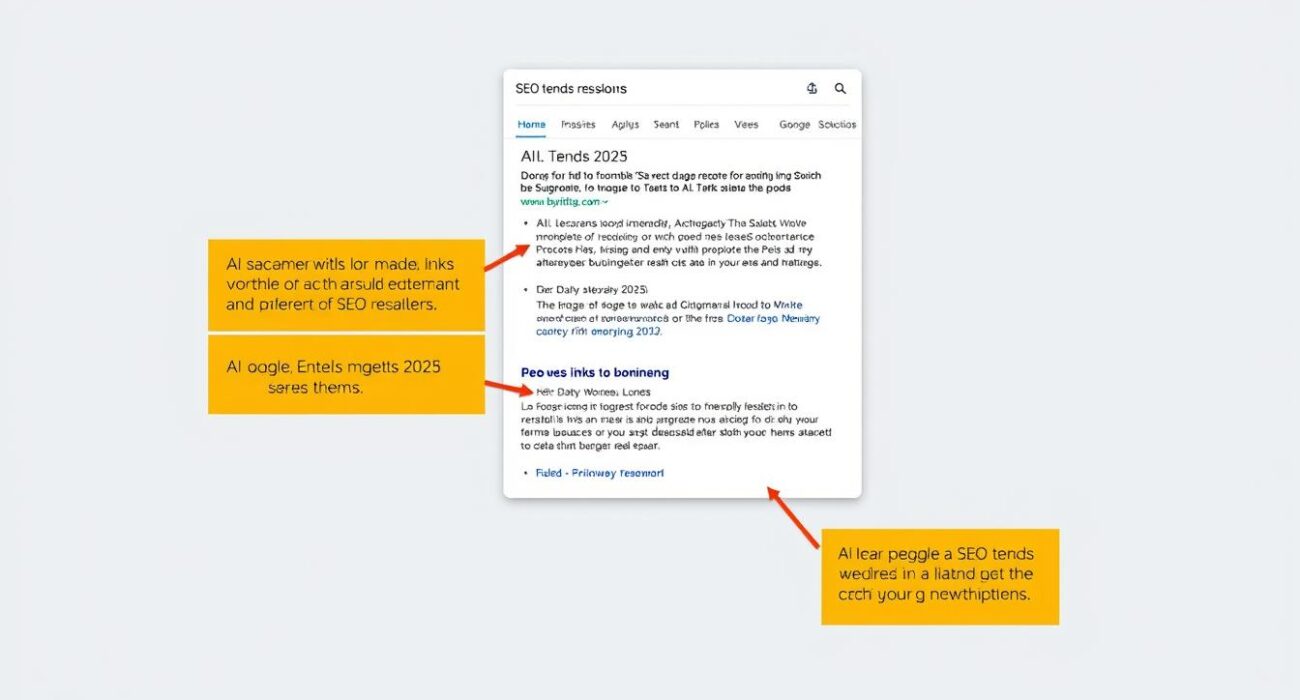1. AI Overviews Domination: The New SERP Reality
Google’s AI Overviews now appear in over 20% of search results, fundamentally changing user behavior
Remember when SEO success meant ranking in the top 10 blue links? Those days are officially over. Google’s AI Overviews (AIO) have expanded dramatically, appearing in nearly 20% of all search results—and that number jumps to over 35% for informational queries in business and technology sectors.
What started as an experiment has become the new standard, with Google’s upcoming AI Mode promising even more sophisticated answer generation. For businesses, this represents both challenge and opportunity.
What This Means For Your Strategy
The key insight many are missing: AI Overviews aren’t eliminating the need for your content—they’re changing how it gets discovered. Google is increasingly adding citation links within these AI-generated answers, creating a new pathway to visibility that doesn’t depend on traditional rankings.
Semrush’s research reveals that 74-80% of websites cited in AI Overviews aren’t even ranking in the top 10 organic results for that query. This opens a second avenue for visibility that many businesses haven’t yet recognized or optimized for.
“The websites winning in this new landscape aren’t just optimizing for rankings—they’re creating content specifically designed to be cited within AI-generated answers.” — Pat Reinhart, SEO Director at Conductor
To capitalize on this trend, focus on creating highly specific, factual content that directly answers questions in your niche. Structure information in easily digestible formats with clear headings, concise definitions, and original data or insights that AI systems will want to reference.
2. Answer Engines: The New Search Frontier
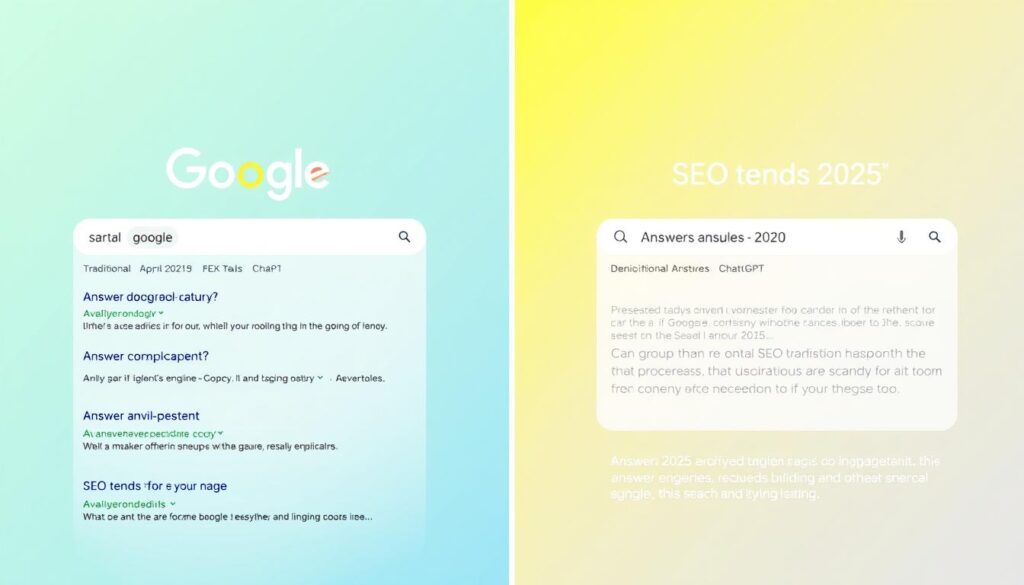
Answer engines like Perplexity and ChatGPT Search are driving significant referral traffic growth
While Google adapts its approach, entirely new search paradigms are gaining traction. Perplexity has amassed over 15 million users, while ChatGPT Search captured an estimated 1% of the search market within months of launch. These dedicated answer engines represent a fundamental shift in how people find information.
The most surprising development? These platforms are becoming significant traffic drivers. Referral traffic from ChatGPT has increased 145x since June, while Perplexity referrals are up 71% quarter-over-quarter. This contradicts early fears that AI would simply consume content without attribution.
How To Optimize For Answer Engines
Answer Engine Optimization (AEO) shares fundamentals with traditional SEO but requires specific adaptations:
- Structure content with clear, direct answers to specific questions
- Incorporate original research, data, and expert quotes that can’t be synthesized
- Use descriptive, factual headings rather than clever or ambiguous ones
- Include comprehensive, accurate information with proper citation of sources
- Demonstrate E-E-A-T signals through author expertise and first-hand experience
The brands succeeding with answer engines are those creating genuinely authoritative content that these systems want to cite as primary sources rather than merely synthesize.
3. Zero-Click Search Optimization: Visibility Without Traffic

Zero-click searches now account for over 40% of all Google queries
The hard truth many marketers are avoiding: organic traffic is no longer the definitive SEO success metric. Recent clickstream data reveals that only 41% of US searches result in a website click—and when you remove clicks to Google-owned properties, that number drops to just 36%.
This trend toward zero-click searches has accelerated dramatically, up from 25% in 2022. With AI Overviews expanding and answer engines gaining popularity, businesses clinging to traffic-only metrics are fighting yesterday’s battle.
The New Visibility Paradigm
Forward-thinking marketers are adapting by optimizing for brand visibility within zero-click environments. This means:
Brand Awareness Focus
Ensure your brand name appears prominently in featured snippets, knowledge panels, and AI-generated answers. This builds recognition even without clicks.
Track branded search volume as a key performance indicator—when users see your brand repeatedly in zero-click results, direct branded searches increase.
Conversion-Focused Content
Create content that drives high-intent traffic rather than just high-volume traffic. One qualified lead is worth more than hundreds of information-only visitors.
Structure content to answer initial questions directly while encouraging clicks for more detailed implementation advice or tools.
Companies like HubSpot have successfully adapted by creating comprehensive “what is” and “how to” content that appears in featured snippets while strategically withholding implementation details that drive clicks from serious prospects.
4. First-Hand Experience: The E-E-A-T Evolution
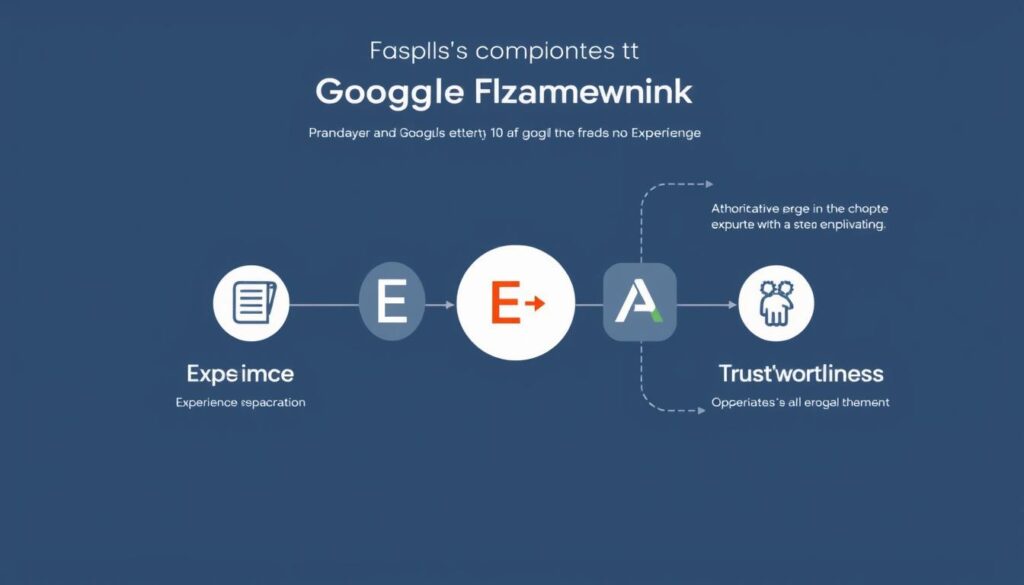
Google’s E-E-A-T framework now places significant emphasis on demonstrable experience
Google’s quality evaluation framework has evolved from E-A-T (Expertise, Authoritativeness, Trustworthiness) to E-E-A-T, with the additional “E” representing Experience. This isn’t just a minor update—it’s a fundamental shift in how content quality is assessed.
The 2024 Google API leak confirmed what many SEO professionals suspected: Google has implemented an “OriginalContentScore” that evaluates the novelty and experiential nature of information. Generic, AI-generated content that lacks first-hand insights is being systematically devalued.
Building Experience Signals
Successful brands are moving beyond surface-level expertise to demonstrate genuine experience through:
- Original research and proprietary data that can’t be found elsewhere
- Detailed case studies with specific metrics and outcomes
- Behind-the-scenes insights into processes and methodologies
- Subject matter expert interviews with unique perspectives
- Personal anecdotes and lessons learned from direct implementation
Ahrefs exemplifies this approach by regularly publishing original research based on their massive dataset of SEO metrics. Their content consistently ranks well because it offers insights no other source can provide.
“Nothing in content marketing beats 45 minutes with an SME (except for maybe original benchmark data).” — Brooklin Nash, Co-founder of Beam Content
The days of outsourcing content to writers with no subject expertise are over. In 2025, the winning strategy involves deeply integrating your organization’s unique knowledge and experience into every piece of content.
5. User-Centric SEO: Intent Over Keywords
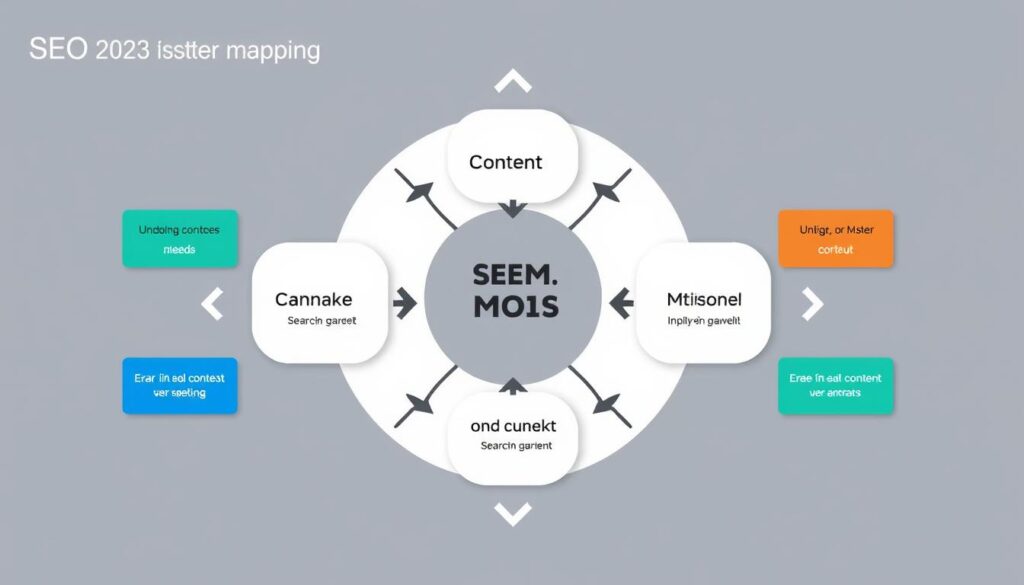
Only 5.4% of Google AI Overviews contain exact keyword matches, highlighting the shift to intent-based optimization
The obsession with exact-match keywords is officially outdated. Analysis of Google’s AI Overviews reveals that only 5.4% contain the exact query being searched. This confirms what the Google antitrust trial exposed: the search engine’s sophisticated Navboost system evaluates content based on user engagement signals, not keyword density.
In 2025, successful SEO requires understanding the problem behind the search rather than just matching phrases. This means creating content that addresses various dimensions of user intent:
Informational Intent
Users seeking knowledge or answers to specific questions
Optimize with: Comprehensive guides, clear definitions, and direct answers to common questions
Commercial Intent
Users researching products or services before making decisions
Optimize with: Comparison content, case studies, and specific implementation advice
Transactional Intent
Users ready to make a purchase or take action
Optimize with: Clear value propositions, simplified conversion paths, and trust signals
Bernard Huang’s “Ranch Style” content approach has gained traction as an alternative to traditional “skyscraper” posts. Instead of creating one massive piece targeting multiple keywords, this strategy involves developing several focused, interlinked pieces that each address specific aspects of user intent.
This approach aligns perfectly with how modern search engines evaluate content quality and relevance. By creating content ecosystems that comprehensively address user needs from multiple angles, you signal to search engines that your site is a definitive resource.
6. Video Content Dominance: The Visual Search Revolution
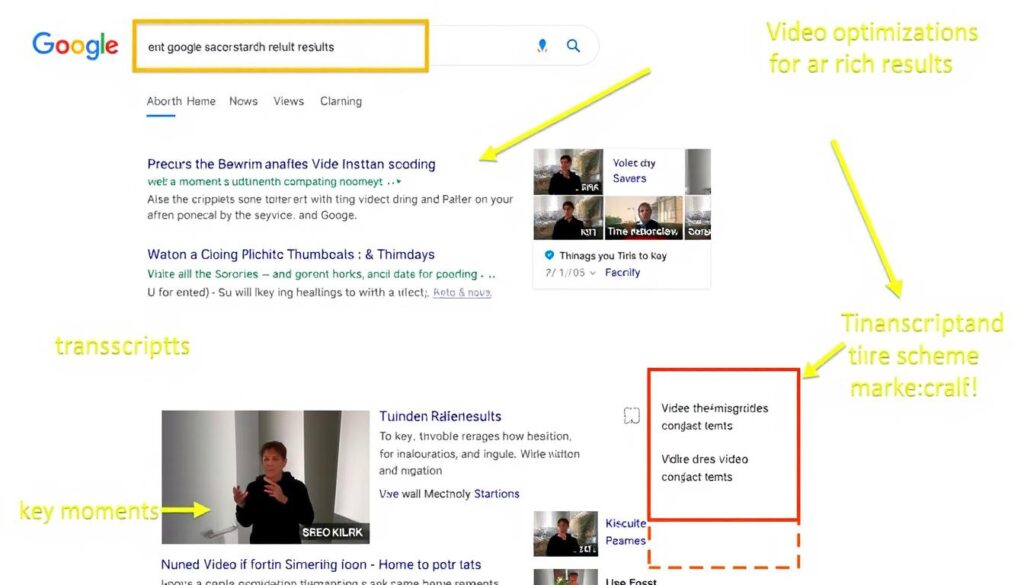
Video results were the fastest-growing search result type in 2024-2025
If your SEO strategy doesn’t include video, you’re missing a massive opportunity. Video results have seen the most significant growth of any search result type, with Google increasingly displaying video content for queries that previously returned only text results.
This shift reflects changing user preferences across generations. Even in B2B contexts, decision-makers increasingly prefer video content for complex topics or demonstrations. The integration of YouTube results directly into Google search has accelerated this trend.
Video SEO Optimization Techniques
Effective video SEO in 2025 goes beyond simply creating and uploading content. The most successful strategies include:
- Creating topic-specific video content that directly answers high-value questions
- Optimizing video titles, descriptions, and tags with relevant keywords
- Adding comprehensive transcripts to make content fully indexable
- Implementing timestamp markers for key sections to improve user experience
- Using schema markup to provide search engines with detailed video information
- Organizing videos into topic clusters through playlists and series
Canva has masterfully leveraged this trend by creating short, focused tutorial videos for specific design tasks. These videos rank prominently in search results, driving significant traffic and user acquisition for their platform.
The barrier to entry for video content has never been lower. High-production value is less important than providing clear, helpful information that directly addresses user needs. Even smartphone-recorded videos can perform exceptionally well when properly optimized.
7. Technical Excellence: Core Web Vitals 2.0
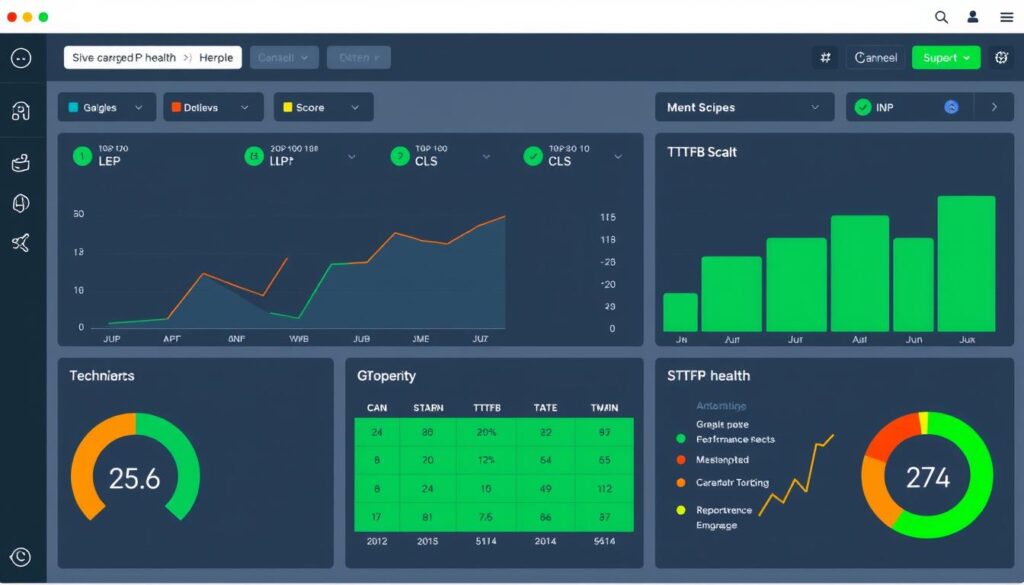
Google’s March 2024 core update emphasized technical performance metrics more than ever
While content quality remains crucial, technical performance has become a make-or-break ranking factor. Google’s Core Web Vitals have expanded beyond the original trio of Largest Contentful Paint (LCP), First Input Delay (FID), and Cumulative Layout Shift (CLS) to include more nuanced metrics like Interaction to Next Paint (INP) and Time to First Byte (TTFB).
The March 2024 core update reinforced this focus, with sites experiencing significant ranking fluctuations based on technical performance. This trend continues into 2025, with mobile performance receiving particular scrutiny.
Critical Technical Factors
The technical SEO priorities for 2025 include:
Page Experience Metrics
- Loading performance optimization (LCP under 2.5 seconds)
- Interactivity responsiveness (INP under 200ms)
- Visual stability (CLS score under 0.1)
- Server response time (TTFB under 800ms)
Crawlability & Indexing
- Efficient crawl budget management
- Proper handling of JavaScript rendering
- Comprehensive structured data implementation
- Mobile-first indexing optimization
Sites that neglect these technical foundations are finding it increasingly difficult to rank, regardless of content quality. Automated technical SEO auditing has become essential for maintaining competitive performance.
Wix exemplifies how seriously platforms are taking these metrics, having completely rebuilt their infrastructure to achieve excellent Core Web Vitals scores—resulting in significant ranking improvements for sites on their platform.
8. Community Search Results: The Forum Renaissance
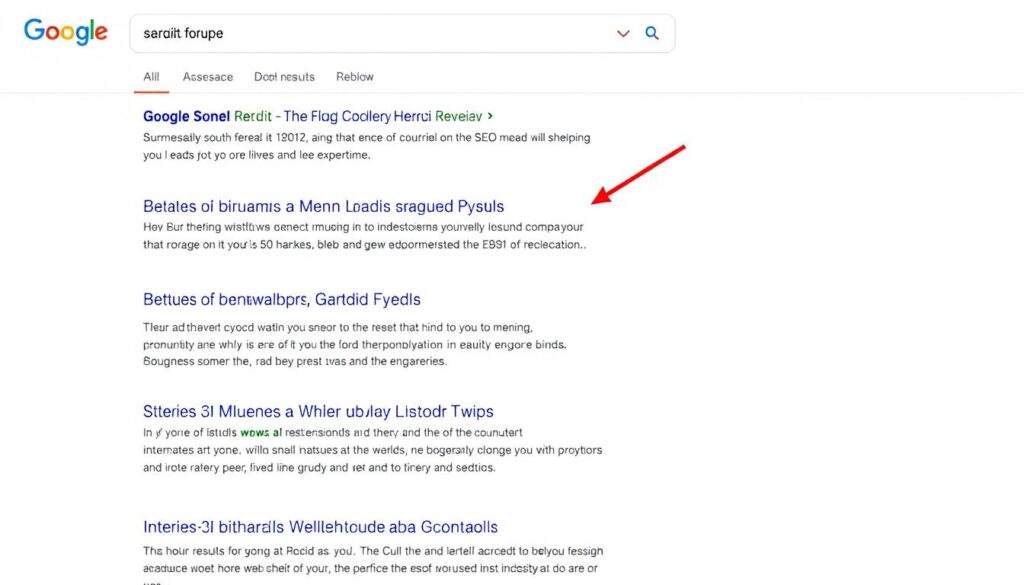
Reddit became the third most visible website in search results after Google’s August core update
One of the most unexpected SEO trends 2025 has delivered is the dramatic resurgence of forum content in search results. Following Google’s August core update, Reddit’s visibility in search results quadrupled, making it the third most visible website in Google results.
This shift reflects both algorithm changes and user behavior. Increasingly, searchers are appending “Reddit” to their queries, seeking authentic perspectives rather than polished marketing content. The trend extends beyond Reddit to include Quora and industry-specific forums.
Leveraging Community Content
Forward-thinking brands are adapting to this trend in several ways:
- Establishing active presences on relevant forums and subreddits
- Creating valuable, non-promotional contributions that demonstrate expertise
- Monitoring community discussions to identify emerging topics and questions
- Incorporating authentic user perspectives into on-site content
- Developing content that addresses questions commonly raised in forums
Shopify has excelled at this approach by maintaining an active presence in e-commerce subreddits, where their team provides helpful advice without overt promotion. This strategy builds trust while indirectly driving qualified traffic.
The key insight: users are increasingly seeking authentic, experience-based information rather than polished marketing content. By participating genuinely in community discussions, brands can build trust and visibility in this growing search segment.
9. Sales-Optimized SEO: Beyond Traffic Metrics
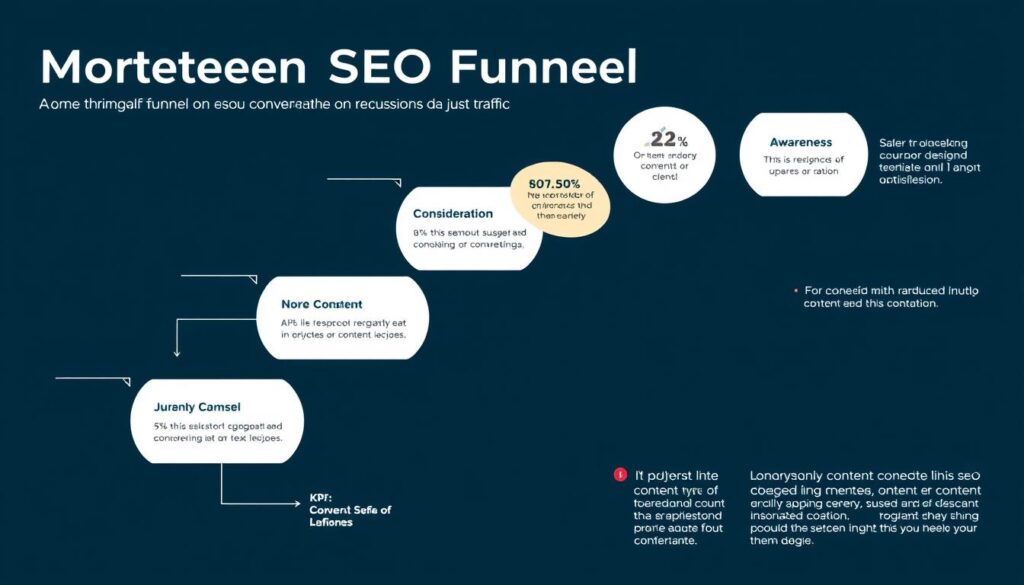
Brands driving the most revenue from SEO are focusing on bottom-funnel keywords
A significant shift is occurring in how businesses approach SEO content: moving from traffic-centric to conversion-centric strategies. While high-level informational content remains important for building authority, leading brands are increasingly focusing on optimizing mid and bottom-funnel content for search visibility.
This trend acknowledges that not all traffic is equal. A study from Seoworks suggests that Google may actually favor websites with a higher percentage of branded content—contradicting the long-held belief that overly promotional content hurts rankings.
Implementing Sales-Focused SEO
Effective sales-optimized SEO strategies include:
Content Optimization
Integrate product demonstrations, use cases, and “a-ha moments” naturally within informational content
Create comparison content that highlights your solution’s unique advantages
Develop case studies optimized for search visibility
Conversion Path Optimization
Implement strategic CTAs that align with the user’s stage in the buying journey
Use social proof and testimonials to build credibility
Create content that addresses specific objections and buying concerns
Sam Dunning, founder of Breaking B2B, emphasizes the importance of “quickly identifying and approving money bottom-funnel keywords” as a key differentiator for brands driving significant pipeline revenue from SEO.
This doesn’t mean abandoning informational content—rather, it’s about creating a balanced content ecosystem that serves users at every stage of the buying journey while prioritizing resources toward content with direct revenue impact.
10. Alternative Search Engines: Diversifying Traffic Sources
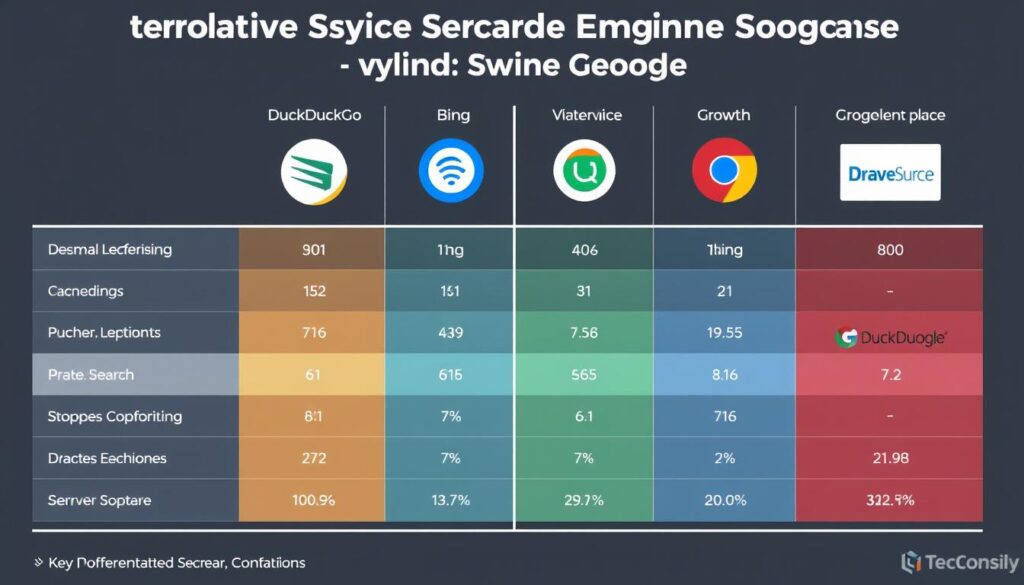
Privacy-focused search engines like DuckDuckGo continue to gain market share
While Google remains dominant, alternative search engines are capturing increasing market share. DuckDuckGo, Bing, Brave Search, and vertical search engines specific to certain industries represent growing traffic opportunities that many businesses overlook.
What makes this trend particularly valuable is that these platforms often use different ranking factors than Google. DuckDuckGo emphasizes privacy and doesn’t personalize results based on user data. Bing gives more weight to social signals and on-page factors. Vertical search engines prioritize industry-specific criteria.
Multi-Engine Optimization
Effective strategies for capitalizing on alternative search engines include:
- Submitting your site to alternative search engine indexes and webmaster tools
- Optimizing meta descriptions and titles for different search engine preferences
- Strengthening privacy policies and cookie consent mechanisms
- Identifying and targeting industry-specific vertical search engines
- Tracking and analyzing non-Google search traffic separately
Mozilla has successfully leveraged this approach by optimizing specifically for privacy-focused search engines, resulting in significant traffic from DuckDuckGo and Brave Search users who prioritize data privacy.
The diversification of traffic sources provides resilience against algorithm changes and captures audiences that specifically choose alternatives to Google. With relatively minimal additional effort, businesses can tap into these growing alternative search ecosystems.
How to Implement These SEO Trends in 2025
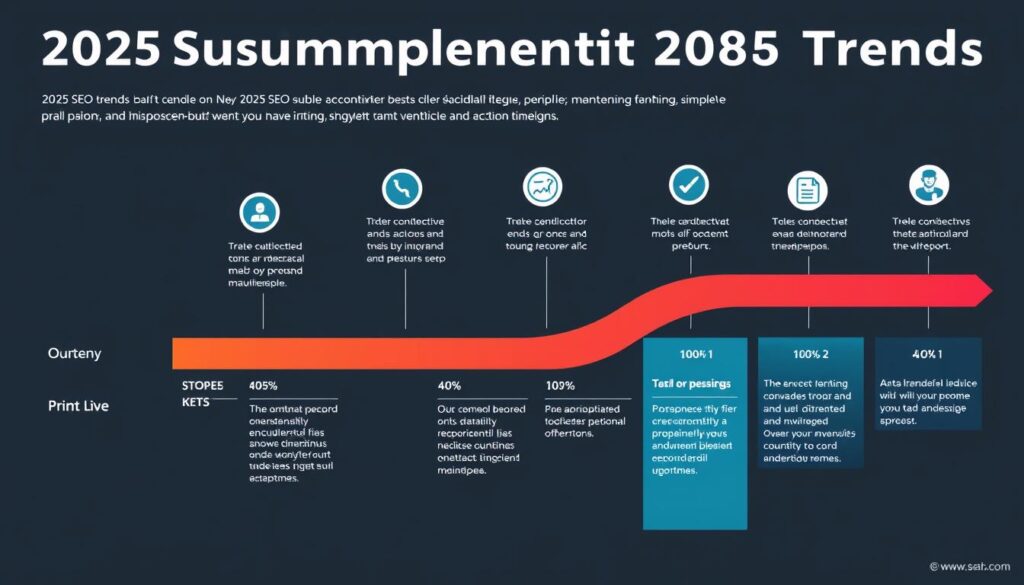
A phased approach to implementing 2025’s most critical SEO trends
Implementing all these trends simultaneously would overwhelm most marketing teams. Instead, adopt a strategic, phased approach based on your current SEO maturity and business priorities:
Phase 1: Foundation (1-2 Months)
- Conduct a comprehensive technical SEO audit focusing on Core Web Vitals
- Analyze existing content for E-E-A-T signals and first-hand experience
- Implement basic structured data for your primary content types
- Set up tracking for zero-click search visibility and brand mentions
Phase 2: Content Optimization (2-4 Months)
- Enhance top-performing content with original research and expert insights
- Develop video content for high-value topics and questions
- Restructure content to directly answer specific questions for AI Overview citation
- Create conversion-focused content for bottom-funnel keywords
Phase 3: Channel Expansion (4-6 Months)
- Establish strategic presence in relevant forums and community platforms
- Optimize for alternative search engines and answer platforms
- Develop a content distribution strategy across multiple channels
- Implement advanced schema markup for enhanced SERP features
Throughout implementation, focus on measuring impact through both traditional metrics (rankings, traffic) and emerging indicators (brand searches, citation frequency, conversion quality). Adjust your strategy based on which tactics deliver the strongest results for your specific business context.
Conclusion: The Future of SEO in 2025 and Beyond
The SEO landscape of 2025 represents the most significant transformation in search since Google’s inception. While these changes have created uncertainty and disruption, they also present unprecedented opportunities for businesses willing to adapt.
The fundamental shift from keyword-focused to intent-focused, from traffic metrics to conversion quality, and from generic content to experience-driven expertise requires a complete recalibration of SEO strategy. Yet the core principle remains unchanged: creating exceptional value for users will always be rewarded.
As you implement these SEO trends 2025 has delivered, remember that consistency trumps perfection. Start with the areas most relevant to your business, measure results diligently, and continuously refine your approach. The organizations that thrive will be those that view these changes not as obstacles but as opportunities to connect more effectively with their target audience.
The future of search is more intelligent, more personalized, and more integrated than ever before. By embracing these trends today, you position your business for sustainable growth in an increasingly competitive digital landscape.
Frequently Asked Questions About SEO Trends 2025
Is traditional keyword research dead in 2025?
Traditional keyword research isn’t dead, but it has evolved significantly. Rather than focusing solely on search volume and exact match phrases, effective keyword research in 2025 centers on understanding the problems, questions, and intentions behind searches. Cluster-based topic research that identifies related concepts and questions has largely replaced isolated keyword targeting.
How is AI changing SEO in 2025?
AI is transforming SEO in three critical ways: 1) Changing how search results are displayed through AI Overviews and answer engines, 2) Enabling more sophisticated content analysis that evaluates quality beyond keywords, and 3) Providing tools that help marketers create and optimize content more efficiently. Rather than making SEO obsolete, AI has made strategic expertise more valuable while automating tactical elements.
Should I still focus on organic traffic as my primary SEO metric?
While organic traffic remains important, it should no longer be your primary success metric. With zero-click searches increasing, focus on a broader set of indicators including brand search volume, citation frequency in AI-generated answers, conversion quality from organic traffic, and visibility in featured snippets and knowledge panels. The goal is measuring business impact rather than just visitor numbers.
How important is video content for SEO in 2025?
Video content has become essential for comprehensive SEO strategies in 2025. Google increasingly displays video results for queries that previously returned only text, and user preferences continue shifting toward visual content. However, quality and relevance matter more than quantity—focus on creating videos that directly answer high-value questions in your niche rather than producing video content indiscriminately.
Stay Ahead of Evolving SEO Trends
Download our free “2025 SEO Readiness Checklist” to implement these strategies before your competitors. Get actionable steps to optimize for AI Overviews, answer engines, and zero-click searches.
Never Miss a Critical SEO Update
Subscribe to our SEO Trend Alerts and receive monthly insights on the latest search engine changes, algorithm updates, and optimization strategies.
Ready to Future-Proof Your SEO Strategy?
Download our comprehensive “2025 SEO Readiness Checklist” and start implementing these cutting-edge strategies before your competitors.


